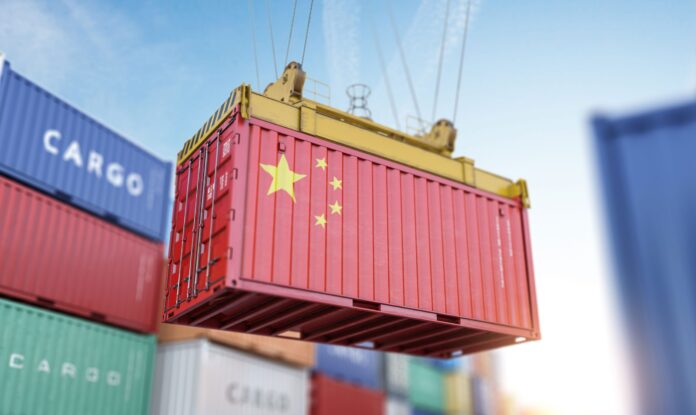BEIJING:Growth in China’s exports likely slowed in May despite a lowering of U.S. tariffs on Chinese goods, as the fallout from the unresolved trade war and ongoing uncertainties in Sino-U.S. relations weighed on shipments.
Outbound shipments are projected to have risen 5.0% year-on-year in value terms last month, according to the median forecast of 20 economists polled by Reuters. That compares with an 8.1% jump in April.
Imports, meanwhile, are forecast to have dropped 0.9% in May from the previous year in value terms, widening from a 0.2% dip in April.
The global trade war and swings in China-U.S. ties have, over the past two months, placed considerable strain on Chinese exporters and their partners overseas, creating a climate of uncertainty.
A 90-minute phone call late Thursday between U.S. President Donald Trump and Chinese leader Xi Jinping helped ease immediate tensions but left major trade issues unresolved. These include Beijing’s control of rare earth exports and Washington’s curbs on chip-related exports, which are expected to be addressed in future negotiations.
In mid-May, China and the U.S. agreed to a 90-day truce in their escalating tariff war, reversing most of the triple-digit levies that had taken effect in early April. This temporary easing prompted a brief export surge in March and April, as factories rushed to fulfill orders before the tariffs resumed.
While the lowering of tariffs provided temporary relief, it has not erased broader concerns. Policymakers in Beijing continue to grapple with sluggish domestic demand and declining prices, prompting targeted efforts to support the export-reliant economy.
Economists polled by Reuters remain divided on the net impact of the tariff truce on May’s exports, with projections ranging from a 9.3% increase to a 2.5% drop.
Analysts at Nomura, in a May 23 report, suggested the truce could trigger another round of frontloading of shipments, while potentially delaying the Chinese government’s rollout of large-scale stimulus or structural economic reforms.
Nomura also estimates that average U.S. tariffs on Chinese imports remain elevated at around 42%, even without further hikes, and forecast a sharp slowdown in China’s export growth in the second half of the year.
Although China’s first-quarter GDP growth beat expectations, optimism has been tempered by persistent strain in bilateral relations with the United States.
Recent manufacturing data suggests that the effects of tariffs are beginning to weigh on the broader economy. The official manufacturing Purchasing Managers’ Index (PMI) contracted for the second consecutive month in May, while a private-sector PMI declined for the first time in eight months.
In response, the People’s Bank of China last month cut benchmark lending rates and lowered the ceiling for deposit rates. These moves are intended to reduce pressure on commercial banks and encourage consumers to spend or invest more, helping offset the drag from external demand.
China’s trade surplus for May is forecast at $101.3 billion, up from $96.18 billion in April.
























